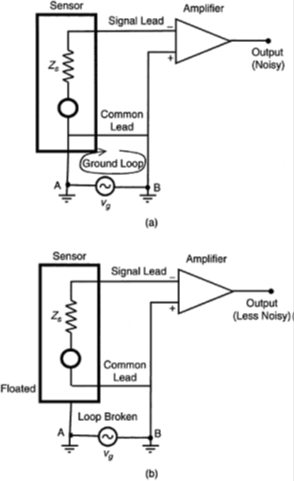SKEDSOFT
Introduction:
A special type of band-pass filter that is widely used in acquisition and monitoring of response signals (e.g., in product dynamic testing) is tracking filter. This is simply a bandpass filter with a narrow pass band that is frequency-tunable.
The center frequency (mid value) of the pass band is variable, usually by coupling it to the frequency of a carrier signal (e.g., drive signal). In this manner, signals whose frequency varies with some basic variable in the system (e.g., rotor speed, frequency of a harmonic excitation signal, frequency of a sweep oscillator) can be accurately tracked in the presence of noise. The inputs to a tracking filter are the signal that is being tracked and the variable tracking frequency (carrier input).
A typical tracking filter that cansimultaneously track two signals is schematically shown in Figure.
Filtering can be achieved by digital filters as well as analog filters. Before digital signal processing became efficient and economical, analog filters were exclusively used for signal filtering, and are still widely used. An analog filter is typically an active filter containing active components such as transistors or op-amps. In an analog filter, the input signal is passed through an analog circuit. Dynamics of the circuit will determine which (desired) signal components would be allowed through and which (unwanted) signal components would be rejected. Earlier versions of analog filters employed discrete circuit elements such as discrete transistors, capacitors, resistors and even discrete inductors.

A special type of band-pass filter that is widely used in acquisition and monitoring of response signals (e.g., in product dynamic testing) is tracking filter.
This is simply a bandpass filter with a narrow pass band that is frequency-tunable. The center frequency (mid value) of the pass band is variable, usually by coupling it to the frequency of a carrier signal (e.g., drive signal).
In this manner, signals whose frequency varies with some basic variable in the system (e.g., rotor speed, frequency of a harmonic excitation signal, frequency of a sweep oscillator) can be accurately tracked in the presence of noise. The inputs to a tracking filter are the signal that is being tracked and the variable tracking frequency (carrier input).
Filtering can be achieved by digital filters as well as analog filters. Before digital signal processing became efficient and economical, analog filters were exclusively used for signal filtering, and are still widely used. An analog filter is typically an active filter containing active components such as transistors or op-amps.
In an analog filter, the input signal is passed through an analog circuit. Dynamics of the circuit will determine which (desired) signal components would be allowed through and which (unwanted) signal components would be rejected. Earlier versions of analog filters employed discrete circuit elements such as discrete transistors, capacitors, resistors and even discrete inductors. Since inductors have several shortcomings such as susceptibility to electromagnetic noise, unknown resistance effects, and large size, today they are rarely used in filter circuits.